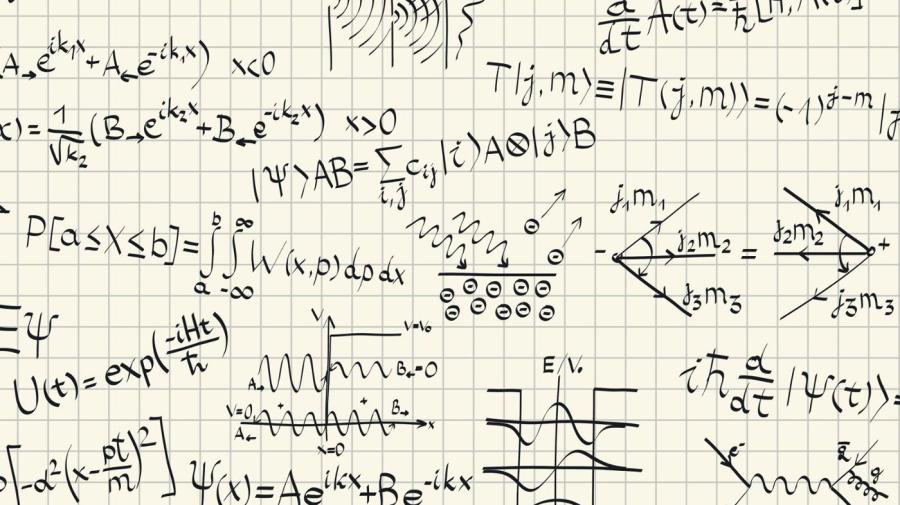What Is the Vector Equation of a Line?

The vector equation of a line is r = a + tb. In this equation, “a” represents the vector position of some point that lies on the line, “b” represents a vector that gives the direction of the line, “r” represents the vector of any general point on the line and “t” represents how much of “b” is needed to get from “a” to the position vector.
Vectors provide a simple way to write down an equation to determine the position vector of any point on a given straight line. In order to write down the vector equation of any straight line, two known values must be present.
If the position vector of a specific point that lies on the line and a vector that gives the direction of the line, called a direction vector, are both present, then the position vector referred to as “r” of any general point P on the line is given by the equation: r = a + tb.
For example, suppose that Line A has the equation r = i + 3k + t(2i + j + k), so that line A is i + 3k and line B is 2i + j + k. Different values of “t” provide vectors at different points on the line:
Putting t = 0 gives r = i + 3k.
Putting t = 1 gives r = 3i + j + 4k.
Putting t = -1 gives r = -i – j + 2k.





